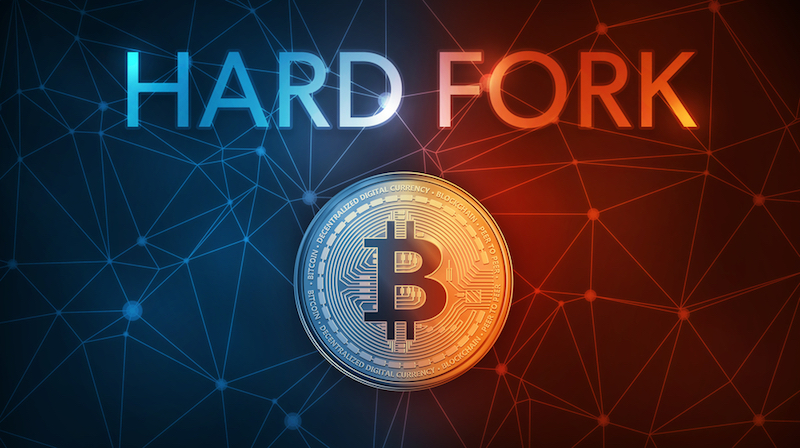

Demystifying Crypto Hard Forks: Everything You Need to Know
Understanding the Basics
Cryptocurrency hard forks have become a common occurrence in the digital asset space. But what exactly are they? Simply put, a hard fork is a radical change to the protocol of a blockchain network that results in the creation of a new cryptocurrency. This can happen for various reasons, such as disagreements within the community over the direction of the project or the need to implement new features or improvements.
The Forking Process
During a hard fork, the existing blockchain is split into two separate chains, each following its own set of rules. This typically occurs when a group of developers and miners decide to implement changes to the protocol that are not compatible with the existing network. As a result, those who continue to use the original blockchain may not be able to interact with those on the new chain, leading to a permanent divergence in the network.
Implications for Investors
For cryptocurrency investors, hard forks can have significant implications. Firstly, they may lead to a temporary period of uncertainty and volatility in the market as traders assess the impact of the fork on the value of their holdings. Additionally, investors may need to take action to ensure they can access and trade the new cryptocurrency created as a result of the fork.
Key Considerations
When faced with a hard fork, investors should consider several key factors. Firstly, it’s essential to understand the reasons behind the fork and the potential implications for the project’s future development. Additionally, investors should assess whether the new cryptocurrency has any unique features or advantages that could make it a valuable investment opportunity.
Risks and Rewards
Like any investment decision, participating in a cryptocurrency hard fork carries both risks and rewards. On the one hand, investors may stand to benefit from the potential value appreciation of the new cryptocurrency if it gains widespread adoption and support. On the other hand, there is the risk that the forked cryptocurrency may fail to gain traction in the market, leading to losses for investors.
Strategies for Success
To navigate the complexities of cryptocurrency hard forks successfully, investors should adopt a strategic approach. This may involve conducting thorough research into the project behind the fork, assessing the level of community support and developer activity, and carefully evaluating the potential risks and rewards. Additionally, investors should consider diversifying their portfolio to mitigate the impact of any adverse outcomes.
Long-Term Implications
While hard forks can be disruptive in the short term, they may also have long-term implications for the cryptocurrency ecosystem. By enabling the implementation of new features and improvements, hard forks contribute to the evolution and innovation of blockchain technology. Ultimately, the success or failure of a hard fork depends on various factors, including community consensus, developer support, and market demand.
Conclusion
In conclusion, cryptocurrency hard forks are a common occurrence in the digital asset space, driven by a variety of factors such as disagreements within the community or the need for protocol upgrades. While they can be disruptive in the short term, hard forks also present investment opportunities for savvy investors who are able to navigate the risks and rewards effectively. By understanding the basics of hard forks and adopting a strategic approach, investors can position themselves to capitalize on these opportunities and contribute to the continued growth and development of the cryptocurrency ecosystem. Read more about hard fork crypto








